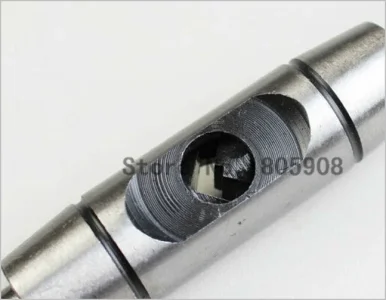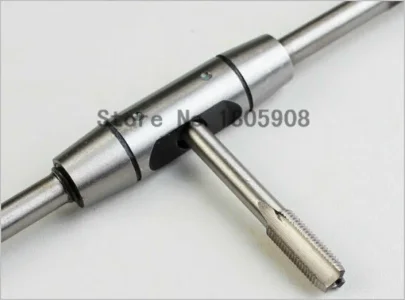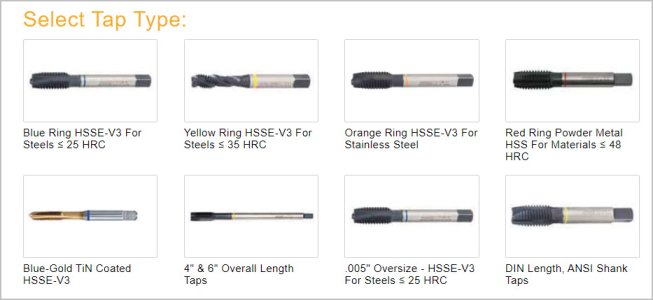Ya I just mean if there is enough meat then its probably is fine.
"Probably" is a good choice of words but no safety net. I work with big stuff (@Brent H 's stuff is bigger), and I see huge machines broken all the time because of sharp corners. It's worse when there is moisture around. Farm equipment designers dont seem to have gone to a decent engineering program as they love sharp corners. Add a wee bit of force (as in torquing a tap) and a micro-crack forms. Moisture gets into the crack, micro corrosion follows the grain structure of the material, and it weakens to crack some more. Add a constant force and it can become stress corrosion.
I seem to regularly break tap wrenches there. I've upgraded to better wrenches but I still get failures and I'm still not happy.
I've wondered about adding a tiny (1/16th or 1/8th) milled out corner relief.
I like @John Conroy 's wrenches, but would prefer to buy if I can find something more reliable. I've often used square drive sockets on a big sliding T-bar socket wrench for the big stuff, and I recently bought a small starrett wrench. But I'll be watching for a report from @YYCHM on the KBC wrenches.




